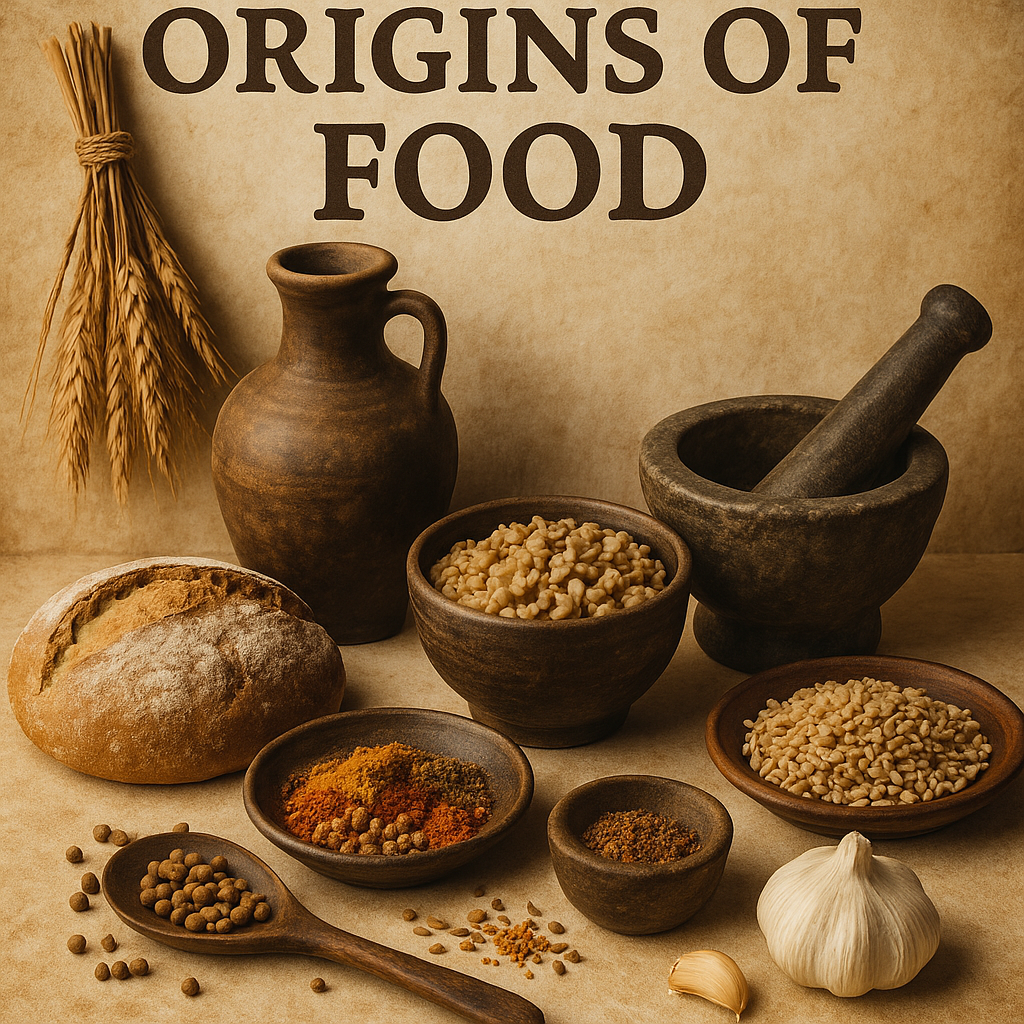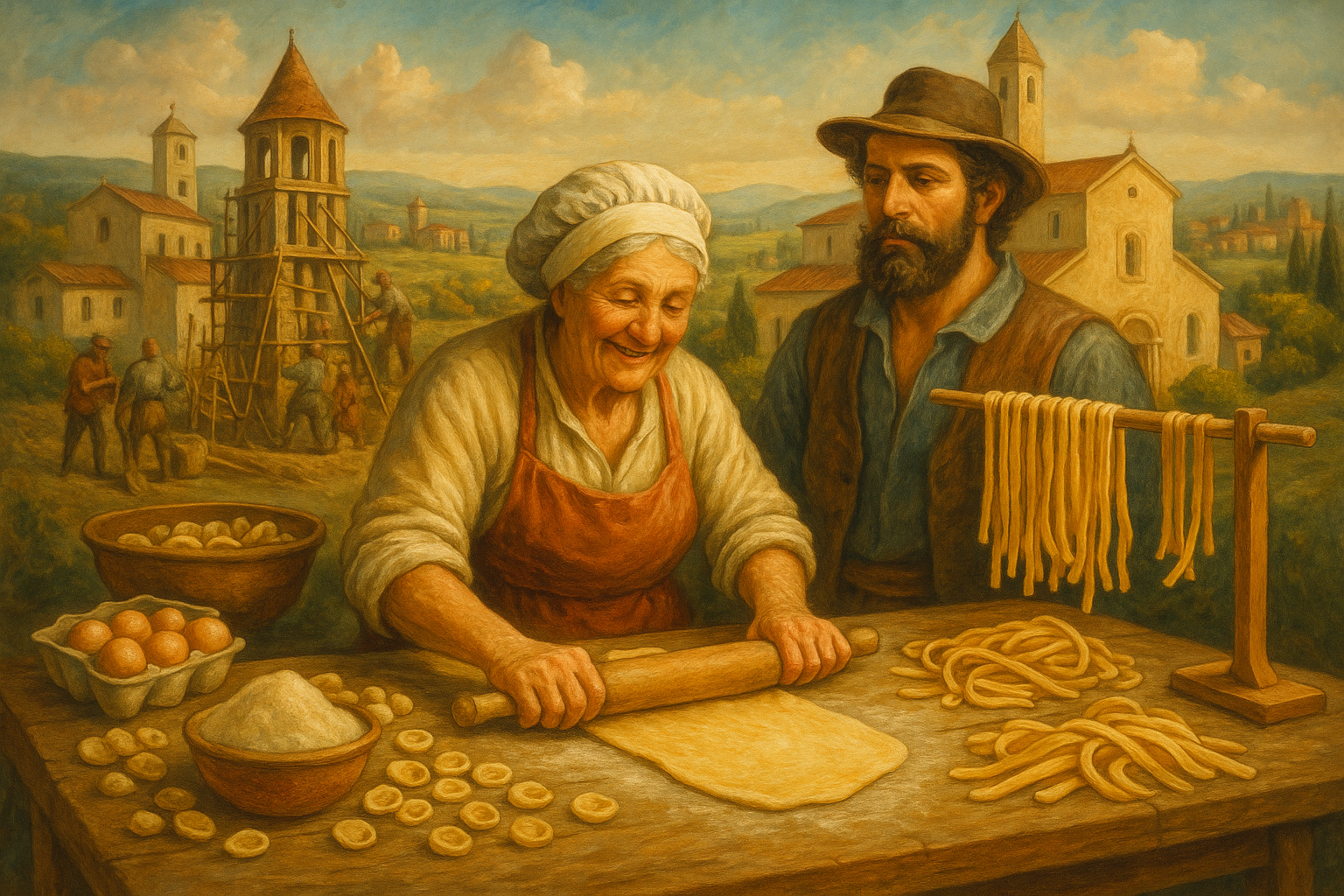
As a passionate barbecue enthusiast, I’ve always admired how grilling brings people together around the world. From the smoky traditions of Texas to the communal braais of South Africa and the laid-back vibe of Australia, barbecue is more than just cooking—it’s a celebration of culture and community. But one thing has always stood out to me: UK barbecue culture often lacks the depth, tradition, and technique found in other parts of the world.
British barbecues are fun and spontaneous, sure—but they rarely showcase the full potential of this culinary art. In this article, I’ll explore why the UK is behind in barbecuing, how other cultures do it differently, and what we can learn to raise our grilling standards.
Why the UK Falls Behind in Barbecue Excellence
British barbecuing has a charming simplicity, but we tend to lean heavily on convenience. Most gatherings feature quick-fix burgers, sausages, and gas grills. While this spontaneity has its appeal, it also means we often skip the nuance and tradition that make barbecue great elsewhere.
Weather, lack of equipment, and limited exposure to global BBQ traditions all play a role in holding us back. But things are starting to change—and it’s an exciting shift to witness.
Texas BBQ: My Dream Destination
I haven’t been to Texas yet. But the Lone Star State has become my inspiration. The idea of waiting in line for hours at iconic smokehouses just to taste brisket cooked “low and slow” for 12 hours fascinates me.
Instead, I study Texas-style techniques through online videos, books, and conversations with fellow grillers. From dry rubs to offset smokers, I’ve started applying these methods at home, and with help from UK brands like Angus & Oink and The Smokie Carter, it’s more achievable than ever.
South Africa’s Braai Culture is All Heart
Few things inspire me like the South African braai. It’s not just about cooking meat—it’s about tradition, pride, and people. The fire is the centrepiece, the rituals are sacred, and everyone has a role to play.
The smoky flavours from hardwood fires and bold spices deliver unforgettable taste, and the sense of togetherness is something we in the UK could really learn from. Braai is an event, not an afterthought—and it’s exactly the type of barbecue energy I’d love to see more of here.
Australia’s Relaxed BBQ Style is Effortlessly Inspiring
In Australia, barbecuing is second nature. It’s casual, frequent, and joyfully unpretentious. Grilled seafood, fresh veggies, and easygoing energy define the experience—and the food is all the better for it.
That easygoing approach makes Aussie barbecues some of the most inviting in the world. In the UK, we’re getting closer to this spirit, and as someone who used to stress over grilling logistics, it’s a mindset I’ve begun to embrace wholeheartedly.
What Makes UK Barbecuing So… British?
Despite our shortcomings, there’s a unique charm to UK barbecue culture. We’re inventive, optimistic, and always willing to grill in any weather. But what we often lack in technique, we make up for in spirit.
Yet, the potential for more is right in front of us. With a little more patience, curiosity, and willingness to experiment, we can go beyond bangers and burgers and explore the deeper flavours of barbecue culture worldwide.
How the UK Is Catching Up
The good news? Things are improving. UK-based companies like Angus & Oink and The Smokie Carter are helping backyard grillers unlock bold new flavours. Through these brands, I’ve discovered rubs, sauces, and slow-smoking techniques that rival what you’d find abroad.
Social media and online communities are also changing the game. There’s a new generation of UK grillers who are passionate, skilled, and eager to learn. We’re no longer satisfied with basic—we want brilliant.

What the UK Can Learn from Global BBQ Styles
| Country | Signature Style | What We Can Learn |
|---|---|---|
| USA (Texas) | Slow-smoked brisket & ribs | Low & slow cooking, rub mastery, wood choice |
| South Africa | Braai over hardwood | Grill as celebration, bold spices, open flame skills |
| Australia | Casual high-heat grilling | Fresh ingredients, no-stress approach, versatility |
How to Elevate Your UK Barbecue
- Invest in a charcoal or wood-burning grill
- Learn the 2-zone method for heat control
- Try dry rubs and marinating the day before
- Slow-cook brisket, ribs, or pork shoulder
- Make BBQ a social ritual, not just a meal
Frequently Asked Questions
Why is the UK behind in barbecue culture?
We’ve long relied on convenience, and the weather hasn’t helped. But with better access to techniques and tools, we’re now making progress.
Can UK barbecues compete with global standards?
Absolutely. With dedication, good ingredients, and global inspiration, UK barbecue culture has huge potential.
What gear should I start with?
A charcoal grill, a meat thermometer, a chimney starter, and a few good rubs will give you everything you need to begin your journey.
Where can I learn more?
Follow UK-based brands like Angus & Oink and The Smokie Carter for recipes, tools, and tutorials.
What’s the most common UK BBQ mistake?
Not giving the food enough time! Patience is key to flavour, tenderness, and BBQ success.
Conclusion: A Bright Future for UK Barbecue Culture
We may have been late to the global barbecue party, but the UK is catching up fast. With a hunger to learn, tools to improve, and inspiration from the world’s best, our grills are heating up in all the right ways.
So the next time you light the coals, remember—you’re not just cooking. You’re contributing to the evolution of UK barbecue culture. Let’s make it deliciously unforgettable.
🔥 Ready to step up your grilling game? Check out top UK rubs, sauces, and smokers
Ready for more delicious recipes and cooking tips? Join my culinary community and let’s get cooking!
* Blog: chefbobbycooks.com
* Facebook: facebook.com/ChefBobbycooking
* Instagram: @chefbobbycook
* TikTok: @chefbobbycooks
* YouTube: ChefBobbyCooks
* Twitter: @ChefBobbyCooks
* Pinterest: ChefBobbyCooks
* Discord: Join my cooking community on Discord!



